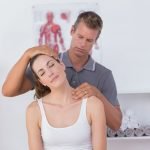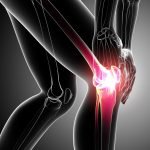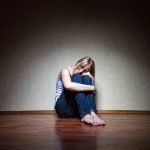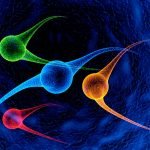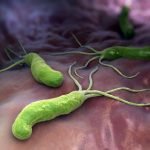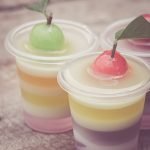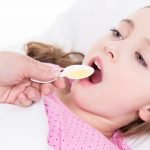Oncology “Field Trip”
Gurdev Parmar, ND, FABNO
I took my third trip to Germany in spring 2009 to visit some cancer “kliniks” there. There were 4 reasons that prompted that trip. First, my associate, Dr. Johan Ghazali and I had talked about visiting German cancer kliniks and Mexican clinics for years. Second, and perhaps the precipitating factor, is that my wife, Karen, and I recently had negotiated another 1500 square feet of office space, allowing us to expand our clinic into a fully functioning cancer clinic. This new space would be ours early in the fall of 2009. Our decision about what to put into this space encouraged us to make the trip when we did.
The third reason was a patient. A woman who is a patient of Dr. Paul Klimo, MD, the head medical oncologist at Lions Gate Hospital (where I work on Mondays) booked an appointment to talk to me. She had been given 2 months to live 5 years earlier owing to aggressive breast cancer. She credits the treatments she received at a German cancer klinik as the reason she was still thriving 5 years later. She wants to open a clinic in Canada that does what the Germans are doing. Her goal was to have Dr. Klimo and me put our teams together (from the hospital and my clinic) to create a private cancer hospital in Vancouver. And fourth, just when I met with this patient, the Oncology Association of Naturopathic Physicians (OncANP) circulated a copy of the Ralph Moss report on German clinics. All these culminated into what seemed a necessary trip.
So, in May 2009, Johan Ghazali and I made an integrative oncology field trip to Bavaria. Johan and I work together as naturopathic oncologists at the Integrated Health Clinic in Fort Langley, British Columbia. We flew to Munich and immediately jumped into our rental vehicle and braved the autobahn. We drove about 70 km south of Munich to a small village called Bad Heilbrunn—home of The Leonardis Klinik. This quaint village and its surrounding area has a population of about 2000 people. It is situated in a picturesque valley in the foothills of the German Alps. As the name would indicate, Bad Heilbrunn was once a getaway for Europe’s elite, for time in their spas and baths (“Bad”) to rejuvenate and heal.
Leonardis Klinik
The Leonardis Klinik is a 30-bed in-patient facility dedicated to treating cancer using an integrated approach. The chief medical director is now Dr. Runish—a bright clinician who is a medical oncologist and hematologist. The clinic was started in the early 1990s by Dr. Schellar and Mr. Rudolphi. Dr. Schellar is the visionary clinician and Mr. Rudolphi is the entrepreneur. Many of the treatments used since Dr. Schellar began the clinic included local and total body hyperthermia, monophoresis for dendritic cell vaccines, chemosensitization, mistletoe, IV vitamin C, intravenous selenium, and intravenous glutathione. Dr. Drazinsky, a medical oncologist, and Dr. Runish were kind enough to explain these treatments to us.
On the second day, we were taught the methodology for total body hyperthermia and received a 3-hour lecture on autologous dendritic cell vaccines from Dr. Stucker, a medical doctor and expert in development and clinical use of dendritic cell vaccines.
Total body hyperthermia is used to heat the body to over 40°C, ideally to 42°C, at which point, apoptosis occurs. At temperatures of 40°C to 42°C, heat shock proteins are released from the cancer cells that attract an immune response. Once over 42°C, the treatment also causes direct apoptosis. The net effect is destruction of cancer cells with heat, improved blood circulation, and enhanced biochemical and immune function. This therapy is usually used in conjunction with other therapies. The patient we observed was injected with dendritic cell vaccine, interferon, and a chemotherapeutic agent during treatment.
Dendritic cell vaccine is an autologous vaccine in which dendritic cells that are primed specifically to the host’s tumors are injected into the patient. There are different forms of dendritic cell vaccines that have been developed around the world—although the methodology used by Dr. Stucker’s laboratory seems to show the best results.
The basic premise of their methodology is that all tissues of the body are “registered” in the thymus during normal development. When cells in these tissues become cancerous, T cells do not recognize these cells as foreign, because they have all been registered and thus, do not “attack.” First monocytes from peripheral blood via monophoresis are isolated. These monocytes are used to generate immature dendritic cells. Tumor cells are then “primed” or made into “tumor lysate.” The tumor cells have been triggered to send a danger signal to attract dendritic cells. The 2 methods used by the laboratory currently are heat shock proteins (via hyperthermia) and Newcastle virus. The goal is to develop antigen-presenting capabilities in dendritic cells and infuse them into the patient so the host immune cells recognize the tumors and attack them. Several articles have been published on dendritic cell vaccines, and its efficacy has been modest.
On the third day, we received a private lecture from Dr. Kathrina Pachmann—perhaps the world’s foremost expert in circulating tumor cell technology and chemosensitivity testing—at a hotel adjacent to the University of Munich. She has spent most of her life researching these subjects, and she is a regular speaker at the American Society for Clinical Oncology. These 2 technologies have been greatly developed during the past 5 years.
Klinik St. George
On Monday morning, we went from Munich to Bad Aibling to visit a private cancer hospital called Klinik St. George. Bad Aibling is about 70 km east of Munich, close to Salzburg, on the Austrian border. Bad Aibling is a beautiful town, where many spas attract royalty during their travels to Austria. The clinic’s founder and medical director is Dr. Douwes—a medical oncologist with 35 years’ experience in integrative oncology. The clinic is one of the most-comprehensive complementary and alternative oncology clinics in Germany. It has 50 beds for in-patient care, outpatient facilities, and it receives patients from around the world. There were many patients from Israel, the United States, Brazil, and Europe. Dr. Douwes has a wealth of knowledge and was eager to share it with us.
We asked each of these experts who shared so much information, whether they would be interested in lecturing to our colleagues in North America, and of course, each was delighted to accept. We hope to set up teleconferences or lecture opportunities for these speakers through OncANP.
I have long held the belief that countries like Germany are way ahead of us Canadians (and possibly even Americans) in accepting and incorporating naturopathic physicians in their medical system. What I have come to realize is that the medical doctors in Germany include naturopathic therapies in their practices, that the German government has long supported research and use of natural medicines. The medical doctors and oncologists that we met on our travels think that the naturopathic physicians of Canada and the United States are a league apart from the unlicensed heilpraktikers of Germany. They also were interested to learn about how the American Board of Naturopathic Oncology has created a testing and credentialing process to award Fellows in naturopathic oncology—that FABNO status that some of us have worked for so hard.
Through my HELP Foundation, I have been involved with a group of naturopathic doctors (NDs) in the United States in talking with the World Health Organization and seeing how the World Health Organization categorizes and understands what a naturopathic physician is and does. Through that process, it became clear to me that NABNE-schooled NDs from Canada and the United States are the best-trained natural medicine doctors. CCNM, Bastyr, and NCNM are examples of the educational requirements for becoming an ND—and they made a clear distinction between naturopathic physicians and “naturopaths.” What we found was that most of what the medical oncologists in Germany are currently doing is what we NDs in cancer practice are already doing in North America. This trip was also good in that it affirmed that we are practicing good medicine as NDs, and that FABNOs are taking a significant role in the world’s oncology picture. Where we fall short is in offering hyperthermia treatments and administering low-dose chemotherapy and radiotherapy with the hyperthermia.
Back in North America
As a result of that first trip, we brought back many new treatment options to our clinic in British Columbia. Although there are too many to list here, some examples include mannitol for brain edema, intravenous procaine for ascites, intravenous artesunate as a chemotherapy, high-dose intravenous selenium, and certain other techniques that I hesitate to mention before receiving government approval to import the necessary machines.
Hyperthermia treatment appears to be the most-important element that our clinics are lacking and which the German clinics rely on heavily. We have now successfully brought one of these devices into our clinic and have been treating patients with various solid tumor types. We are receiving referrals from local oncologists and from as far away as Florida within our first month.
We are currently awaiting funding and REB approval to begin a Phase I/II study on primary liver and pancreatic cancer using our hyperthermia device. As of this writing, the study is awaiting approval by Health Canada’s Research Ethics Board and funding. The study will be titled “Localized hyperthermia in the care of patients with pancreatic or liver cancer: an open label (phase I/II) clinical trial.” Dugald Seely and Brenda Leung are the primary investigators for the study.
It had already been my goal to bring some type of hyperthermia machine back from Germany. I am excited to offer hyperthermia treatments to my patients. I am so enthusiastic about these prospects that I now co-own the distribution company that will sell the device here. We are excited to be starting Oncotherm loco-regional hyperthermia here at Integrated Health Clinic and to be starting a study on liver and pancreatic cancer, which continues to be difficult to treat and has a poor prognoses.
Naturopathic oncology, as practiced in North America, is well-positioned to continue to be a beacon of light in the worldwide integrative oncology community. I am proud to be a member of OncANP and ABNO—it is this organization of like-minded individuals that will keep our group at the forefront of integrative oncology.
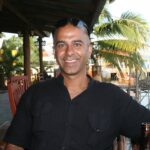 Gurdev Parmar, ND, FABNO, cofounded Integrated Health Clinic in 2000, one of the largest integrated health care facilities in Canada. Dr. Parmar has a fellowship with the ABNO and focuses on cancer treatment. He is a member of the ASCO and the OncANP. He lectures regularly for the Canadian Cancer Society and other cancer-related organizations. Dr. Parmar founded the HELP Foundation, which after the tsunami of 2004, built an Integrated Health Clinic on the island of Kho Khao, Thailand (www.thehelpfoundation.ca). He is licensed in British Columbia and Arizona. He serves as co-chair of the advisory committee on Disaster and Pandemic Preparedness for the province of British Columbia. In his spare time, Dr. Parmar is a competitive tennis player and enthusiastic Canuck fan. His wife and clinic partner, Karen, and his 2 sons, Seth and Devan, keep his life balanced and whole.
Gurdev Parmar, ND, FABNO, cofounded Integrated Health Clinic in 2000, one of the largest integrated health care facilities in Canada. Dr. Parmar has a fellowship with the ABNO and focuses on cancer treatment. He is a member of the ASCO and the OncANP. He lectures regularly for the Canadian Cancer Society and other cancer-related organizations. Dr. Parmar founded the HELP Foundation, which after the tsunami of 2004, built an Integrated Health Clinic on the island of Kho Khao, Thailand (www.thehelpfoundation.ca). He is licensed in British Columbia and Arizona. He serves as co-chair of the advisory committee on Disaster and Pandemic Preparedness for the province of British Columbia. In his spare time, Dr. Parmar is a competitive tennis player and enthusiastic Canuck fan. His wife and clinic partner, Karen, and his 2 sons, Seth and Devan, keep his life balanced and whole.


